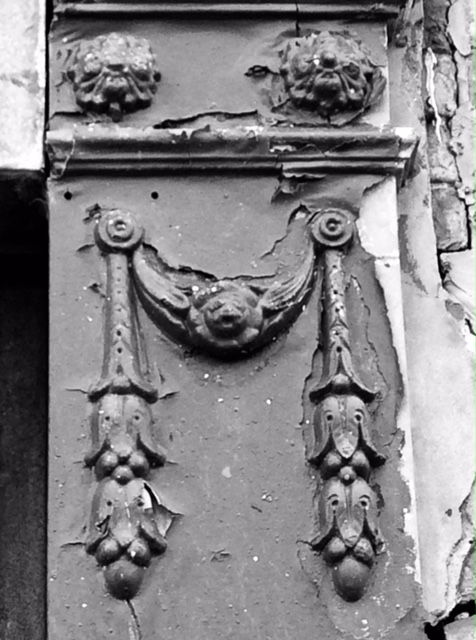The Low Country
/Photo: Andrew Weidman
By Bridgett Brunea:
The Low Country of coastal South Carolina and Georgia in the eastern United States carries an unmistakable slow charge. It is a place I know as a sun-filled haven when my more northerly home is dusted in snow. Many times have I slipped through the outstretched hand of winter and driven for hours into this story-laden place where time winds itself into a warm, quiet sigh. I sojourn here not only to remember the feeling of sun, but for the sense of otherworldliness that flowers quietly the closer I get to the Low Country. It is a tiny universe unto itself, utterly unlike anywhere else I know.
I think of the Low Country and I think of hot red-dirt roads plunged into a cool line of live oaks; of coastal forests spun with endless waves of Spanish moss and the heavy scent of sea air; of snowy egrets standing in warm December sun, plunging their sharp beaks into still waters to catch unsuspecting fish; of cooking fresh shrimp in a tin pot on the edge of a saltwater marsh as twilight colors the air; of little tin-shack gas stations in the middle of nowhere, their owners inexplicably encased behind a window of security bars; of boiled peanut stands strung along the edges of slow, lonely highways between Savannah and Charleston; of talking to black Southerners and wondering if they constantly wear the weight of a history not of their choosing; of huge wooden churches forgotten in warm, silent forests; of deep-blue skies in the middle of the winter, charging my sun-starved Northern soul.
It is a relief beyond all else to arrive in the Low Country and see that distinctiveness is alive and well in the United States. We are a country unfortunately infamous for our ability to transform unique landscapes into characterless duplicates. One need only visit the suburbs of a large city or any number of desiccated small towns to see what the power of unchecked profit-driven growth can do. We are a country often shamed by our history, and so we shun it, and old buildings and old customs and old landscapes are thrown out and everything must be new, new, new. We are also a people who have been raised on the myth that familiarity and convenience are to be prized above all else, with the disquieting result that whether you are in South Texas or Eastern New York or Central California you can find many stretches of concrete wasteland that look disturbingly similar. Stunning landscapes and unique cultures are there, but they are often hidden beneath a plastic veneer.
The Low Country is no different; it is not a haven set far away from the impingement of runaway capitalism. And yet it effuses an inescapable uniqueness, not because of being untouched by this crushing sameness, but in spite of it. The Low Country was the first place to show me that uniqueness often persists just outside our field of vision.
Though many of the wealthier communities in the Low Country have managed to avoid the devastation of strip-malls and 6-lane roads through the middle of town, most of these parts of South Carolina and Georgia are, in fact, uniquely drowning in the afflictions of unwise city planning and unbridled development. They are often prime examples of the very worst of such development, with not only McDonalds and Wal-Marts filling the car-choked streets, but all sorts of unimaginable Southern takes on fast-food and cheap buys also lining up for their bite out of peoples' pockets. The affect can be dizzying in its ugliness.
And yet - here is the crux of it - and yet it is still beautiful, it is still distinct, it is a place thoroughly itself. People still talk differently here, little idioms and turns of phrase that leave a Northerner like me baffled and smiling; the tall, stalking shorebirds and the quick lizards and the huge, breathy flowers will all tell you you're in a place distinctly its own; the saltwater marshes still mix with the ocean and fill with her waters at high tide; you cannot miss the genuinely slower pace, the shockingly different view of the Civil War, the quizzical looks you receive when you ask if the blue crabs they're about to boil are still alive; no number of phony-looking "Southern Style" housing developments can shake the drenching experience of walking through a neighborhood of shotgun shacks or through a live-oak avenue of antebellum mansions.
No matter how much a place is overrun with attempts at uniformity, commercialization, or purposeful forgetting of complicated histories, there are some things that can't just be coopted, can't be charged for, can't be erased. For this knowledge, I am forever grateful to the imperfect, saturating beauty of the Low Country.
About the author:
Bridgett Brunea is a writer, naturalist, and rambler originally from the northernmost reaches of Appalachia in the eastern United States. In writing and in life, she seeks to experience and convey the luminous meeting point between inner and outer landscapes. She is creating an online journal of observations, meditations, and questions (terrasanctum.world) which she hopes to make available in 2019.







